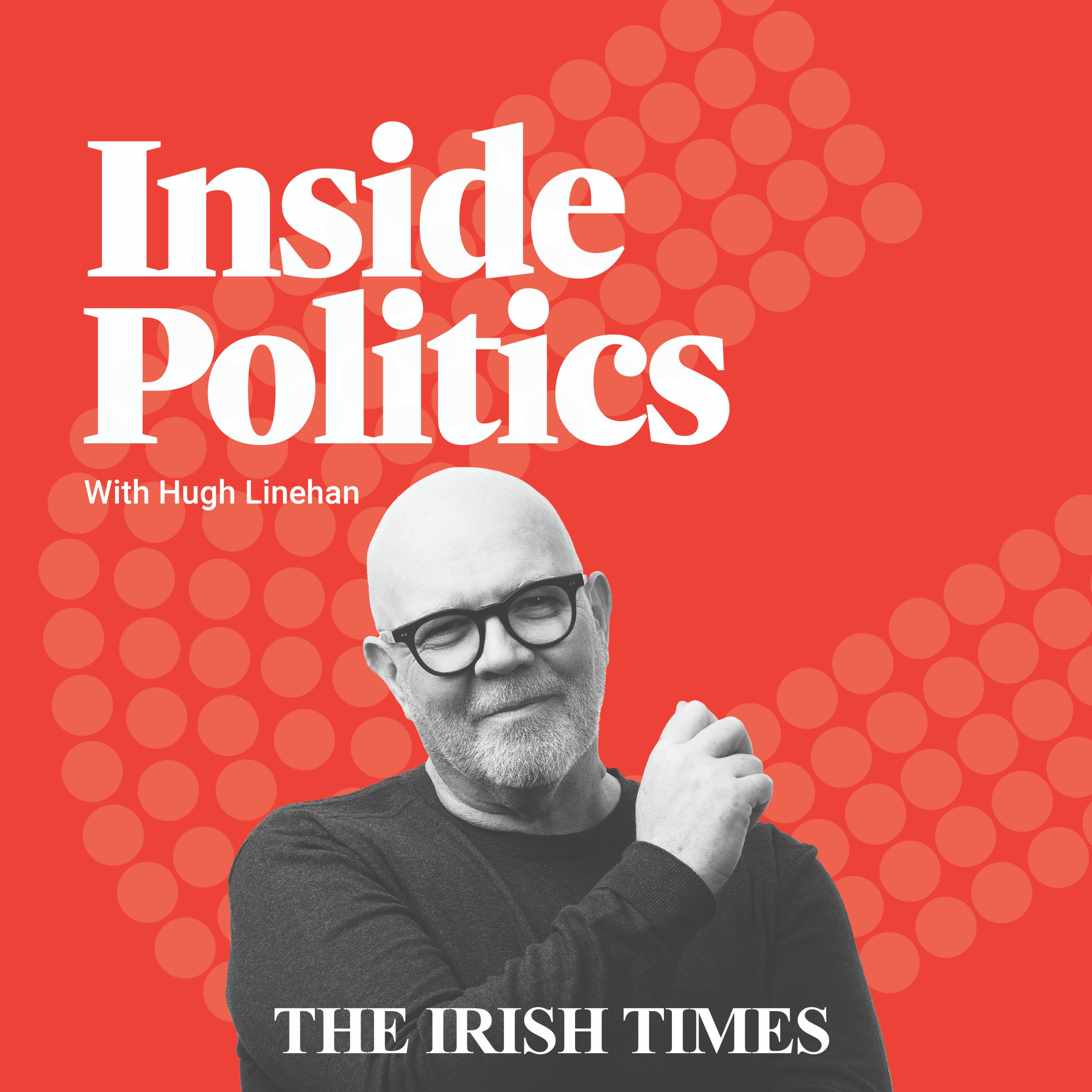The oldies are all right. The boomers are, well, booming. So says the latest research from the Economic and Social Research Institute. The disposable income of the so-called baby boom generation – most now over-65 – has now overtaken younger age groups, having made gains in recent years when others were seeing their incomes overtaken by inflation. It is a remarkable turnaround since 2007, when the average disposable incomes – after housing costs – of the over-65s were 25 per cent below the 18- to 64-year-olds. And it raises big questions about why older people are winning in the battle of the generations.
There are a few key factors at play. More over-65s are working, or have partners who are doing so, their State pensions have been protected, and those who are at work are earning more. This is part of a longer-term trend, with the number of over-65s at work rising from 50,000 in 2012 to 113,000 in 2023. Some are landlords and have gained from higher rents. On average, between 2022 and 2023, younger groups saw their real incomes – earnings adjusted for inflation – fall by about 3 per cent. In contrast, the over-65s gained by the same amount.
The calculation that they are now better off than younger generations relates to disposable income after housing costs – in gross terms, the 30- to 55-year-olds at the peak of their earning power would earn more. But it is a fair measure of the discretionary spending power of a household and a sign of just how high housing costs are for those at the earlier stages of life. In today’s housing market, with huge scarcity, soaring rents and expensive price tags on property for sale, owning a property and having your mortgage largely or completely paid off is a golden ticket.
Meanwhile, the strong political influence of the older age group has played its role, protecting the value of pension payments after the crash, when other welfare rates were cut, and more recently ensuring that the age of qualification for the State pension did not rise beyond 66 years of age. The State pension lagged behind during the 1990s but since then has outpaced earnings growth.
READ MORE
It is important to realise that there are big differences within age groups too. We know there is a rising group of high earners, for example, among younger and middle-aged groups. And while the over-65s are doing well on average, rates of poverty and deprivation are much higher among older people who live alone. Meanwhile, the headline figures of the report included the high levels of financial pressure on many households where the youngest child is aged 0 to 5. The other major finding was the 230,000 children currently estimated to experience material deprivation – an inability to afford some of the basics of life – representing an increase of almost 30,000 since 2022.
The ESRI previously suggested a second tier of child benefit directed at lower earners and those reliant on welfare. It is one of a suite of priority policies that could make a difference
The reason this figure has increased recently is the surge in inflation that took hold after Covid-19 and accelerated after Russia invaded Ukraine. Taking a longer-term view, the Irish growth model has delivered improved living standards and less inequality – adjusted for inflation, disposable income has more than doubled since 1987, and generally, lower-income sections of the population have gained more. As inflation falls, real income growth is now resuming. But the persistence of poverty and deprivation on such a large scale shows a significant number left behind.
All this means a few things for policy. The first point is the obvious one – the need for a more strategic approach to welfare supports – planning to address poverty among younger families, for example. The Economic and Social Research Institute (ESRI) previously suggested a second tier of child benefit directed at lower earners and those reliant on welfare. It is one of a suite of priority policies that could make a difference.

Coalition conflict as the budget draws near
The second, related point comes back to the budget. As the ESRI report says, the Government has only limited scope to increase permanent welfare payments. This leaves it with a dilemma, because households have benefited from temporary supports over the past few years – energy credits, double child benefit and welfare weeks and so on – and not repeating these would be likely to leave some worse off next year. To combat this, it looks like the Government will go for more temporary supports paid out this year. But this is only a sticking plaster solution – and there is also a real risk that the Government will concentrate most of its financial fire on universal credits payable to all households, rather than those who need them. This would be a dreadful waste of cash.
The Irish exchequer is going through a period of boom, driven by the jobs market and corporate tax growth. But State spending is soaring, too
Then there is the wider point about how policy affects the different generations. Much of this comes back to housing policy and the need to catch up on years of underbuilding. A much quicker way through the Nimbyism and ridiculous legality of the Irish planning system – that all too often allows those in houses to have a veto on where the next generation lives – must be found. But the over-65s seem to win a lot of the other arguments too, ranging from freezing the State pension age, to the likely cut in inheritance tax in the budget, to maintaining favourable tax treatment, for example via the exemption from paying PRSI and the light hand of the Irish tax system on wealth and property ownership in general.
This is all going to come into sharper focus pretty soon. The Irish exchequer is going through a period of boom, driven by the jobs market and corporate tax growth. But State spending is soaring, too, and perhaps sooner rather than later annual budgeting is going to start looking tighter. For now, the Government can afford to do everything at once – helping all and sundry – because corporation tax keeps rising. But lashing out more cash now on universal payments would leave less to invest in the future. And soon enough, the trade-offs will reappear. When the tax boom ends, there is going to be one heck of a battle about who pays the bills. And the risk is that, as generally happens when the State needs cash in a hurry, the burden again falls on income tax, and those with their working lives in advance of them.















